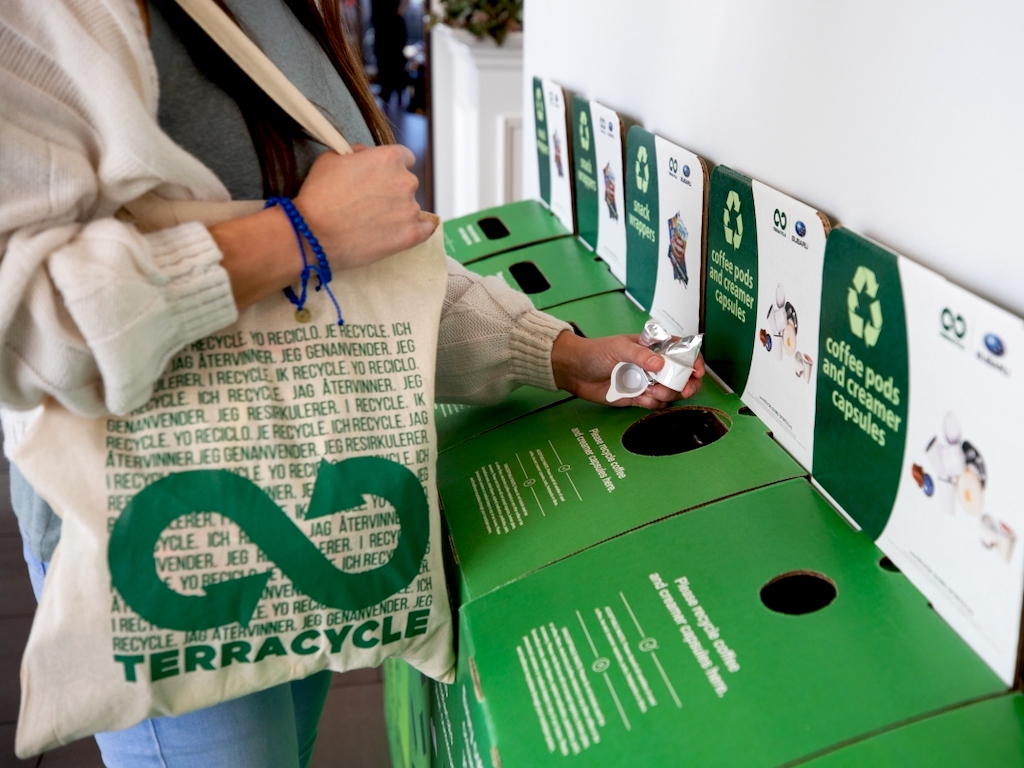
2025 Recycling Revolution: AI-Driven Tech and Regulations Lead the Charge
The recycling industry is poised for transformative change in 2025, driven by AI-powered technologies and evolving regulations. Dr. Volker Rehrmann, EVP and Head of TOMRA Recycling, highlights key trends including deep learning, real-time monitoring, and the impact of the European Packaging and Packaging Waste Regulation (PPWR), all set to enhance sorting capabilities, optimize operations, and advance sustainability goals.
AI-Enhanced Sorting and Real-Time Operational Optimization
AI’s deep learning is revolutionizing complex recycling tasks. TOMRA’s GAINnext™ system, using advanced cameras to mimic human vision, accurately identifies and sorts materials by size, shape, and composition, automating previously manual processes and reducing contamination. Simultaneously, real-time monitoring via AI and cloud technologies empowers operators with immediate data on waste classification and sorting. Digital twin technology further optimizes operations, minimizing material loss and ensuring regulatory compliance.
Regulatory Shifts and the Surge in Aluminum Recycling
The European PPWR is a major catalyst for innovation, pushing companies to meet stringent recyclability targets, particularly for plastics. This drives investment in advanced recycling technologies. Decarbonization efforts are also intensifying, especially in aluminum recycling. Technologies like Laser-Induced Breakdown Spectroscopy (LIBS) and systems such as TOMRA’s AUTOSORT™ PULSE, launching globally in 2025, are crucial for producing high-purity, ‘green’ aluminum with lower carbon emissions.
Expanding Horizons: Diversification in Recyclable Materials
Beyond traditional materials, 2025 will see significant advancements in recycling diverse materials like wood and textiles. New sorting technologies are enabling high-quality recycling streams comparable to virgin materials, furthering the circular economy.











Leave a Reply
You must be logged in to post a comment.